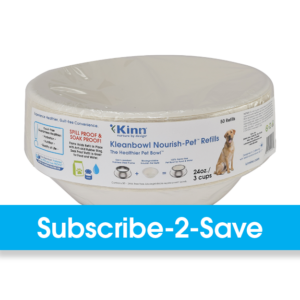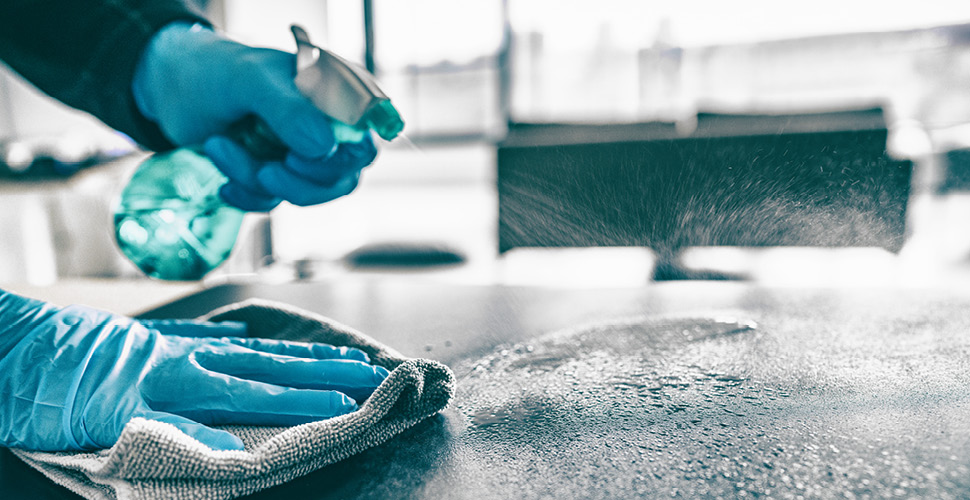Keeping your pet care facility clean and healthy is paramount in the face of evolving threats like kennel cough, canine influenza, and other potential respiratory diseases that can affect both pets and people. As we forge ahead into 2023 and beyond, here are some best practices for sanitation to maintain the highest level of health safety:
1. Embrace Cutting-Edge Sanitation Technology
As technology advances, so do our means of maintaining sanitation. Consider adopting ultrasonic cleaners for pet accessories, toys, and small equipment pieces, which can eliminate microorganisms on a microscopic level. Likewise, UV-C light disinfection systems can be highly effective in neutralizing airborne and surface-bound pathogens.
2. Adopt Pet-Safe Disinfectants
The market now offers a range of pet-safe disinfectants specifically designed to kill harmful pathogens without causing harm to pets. They are non-toxic, biodegradable, and effective against a broad spectrum of bacteria, viruses, and fungi, including those causing kennel cough and canine influenza.
3. Implement a Robust Vaccination Requirement for Pets
Make it mandatory for all pets entering your facility to be up-to-date on vaccinations. Having a digital tracking system can help manage and verify these requirements, reducing the risk of disease spread within your facility.
4. Invest in HEPA Air Purification Systems
HEPA filters can capture particles as small as 0.3 microns, including many types of bacteria and viruses. These air purifiers can aid in preventing the spread of airborne diseases and improve overall air quality for both pets and staff.
5. Establish Rigorous Cleaning Routines
Regular and thorough cleaning is crucial in a pet care facility. Develop a cleaning schedule that includes daily, weekly, and monthly tasks, and ensure all staff understand their roles. This should cover all areas, including pet accommodations, play areas, food preparation areas, and waste disposal zones.
6. Encourage and Facilitate Regular Hand Hygiene
Hand hygiene is a simple yet effective way to prevent disease spread. Make hand sanitizing stations easily accessible throughout the facility and encourage both staff and visitors to use them regularly. Also, consider touchless faucets and soap dispensers for even better hygiene.
7. Use Antimicrobial Flooring and Surfaces
Antimicrobial materials can reduce the growth of bacteria, fungi, and other pathogens. Incorporating antimicrobial flooring, countertops, and other high-touch surfaces can contribute significantly to the overall sanitation of your facility.
8. Provide Regular Staff Training
Ensure your team is educated on the importance of sanitation and updated on the best practices. Regular training should include information on recognizing signs of illness in pets, proper cleaning techniques, and the correct use of cleaning and disinfecting products.
9. Foster a Culture of Proactivity
Encourage staff to report any signs of illness in pets or sanitation concerns promptly. A proactive approach to health and cleanliness can help prevent minor issues from escalating into major problems.
In a modern pet care facility, maintaining the highest level of sanitation isn’t just about keeping the area clean—it’s about ensuring the health and safety of every pet and human that enters your facility. By adopting these best practices, you’re investing in a future where excellent pet care and robust disease prevention go hand in hand.

 Nourish Pet Refills 24 oz. - 3-pack
Nourish Pet Refills 24 oz. - 3-pack 
